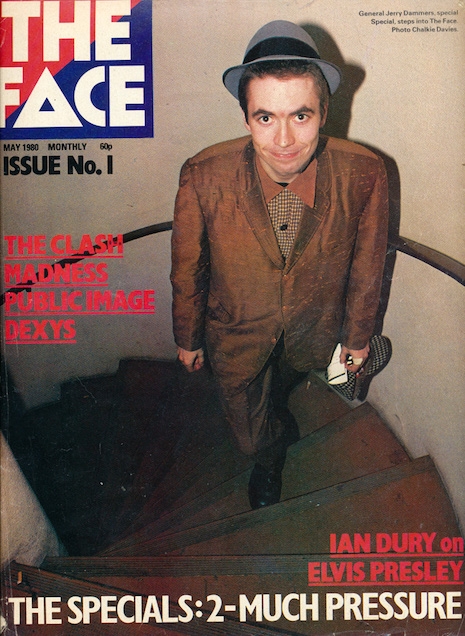
Jerry Dammers: the father of Two Tone records
Two Tone was a specifically British, or more accurately English, musical genre that came out of punk and ska in the late 1970s. The roots of Two Tone can be traced back to the arrival of West Indians to England—the so-called “Windrush Generation”—under the British Nationality Act of 1948. This act gave British citizenship to all people living in Commonwealth countries and full rights of entry and settlement in the UK. With the arrival of these Commonwealth citizens came ska and reggae music, which was slowly adopted by the white working class.
Most youth music is exclusive—it’s old versus young; hip versus square; mod versus rocker; slacker versus yuppie; black versus white. Few musical genres are totally or even try to be totally inclusive—there is a built-in snobbishness that comes with the package. The osmosis of ska and Afro-Carribean culture into the white British culture pointed a way towards a truly inclusive musical genre—Two Tone. It was, as Two Tone singer Pauline Black once said, “an experiment waiting to happen.”
During the 1960s, Skinheads took ska as their own—but the growing racism of the skinhead movement led to their ostracization. Reggae replaced ska—but the skins hated reggae’s laid-back, spliffed-up vibe. Skinheads became suedeheads. Popular music moved onto glam rock, heavy metal, and prog rock. Then punk arrived in 1976. A new generation of youngsters saw that the means of music production could be theirs.

Two Tone pioneers The Specials.
Jerry Dammers was a young musician in Coventry. He had been a fellow traveler in various youth movements—a hippie, a skinhead, a punk—but his first love was ska. Dammers took the energy of punk with the rhythms of ska and created a new genre of music known as Two Tone—an inclusive, socially aware, “danceable earfest.” Dammers formed the Specials AKA with like-minded youngsters and the best of local talent. The Specials pioneered Two Tone music. They got a record deal that allowed Dammers to set up his Two Tone record label. Its first release was The Specials with “Gangsters” on the A-side and Pauline Black and the Selecter—a band made up in the studio—on the B-side. Dammers quickly signed up the Beat (a.k.a. the English Beat), London band Madness, Bad Manners, the Bodysnatchers and even Elvis Costello and the Attractions.
Two Tone’s iconic black and white label design (an image created by Dammers that was loosely based on a photograph of Pete Tosh from the Wailing Wailers) was a standard for the fans’ style—a mix of Rude Boy and Mod—baggy suit, white shirt, black tie, and porkpie hat. Two Tone brought black and white together and although The Specials could sometimes be didactic—they sent out a political message that united the young.
The whole story is well told by those at its heart and from those who were most influenced by it in Two Tone Britain—a thoroughly enjoyable documentary that makes you realize what at its best music can achieve. (The video embedded below looks suspiciously unavailable, but we assure you, as of the time of posting, you can click on it and watch it!)